The animal kingdom is filled with remarkable cognitive abilities that often challenge our understanding of intelligence and memory. While humans pride themselves on their mental capabilities, many species demonstrate extraordinary memory feats that rival or even surpass our own in specific contexts. From elephants that never forget to birds that recall thousands of hiding spots, animal memory spans diverse and fascinating specializations shaped by evolutionary pressures. This exploration of memory champions across the animal kingdom reveals how different species have developed astonishing recall abilities that help them survive and thrive in their environments.
Elephant’s Remarkable Long-Term Memory

The saying “an elephant never forgets” is far more than just a charming expression—it’s rooted in scientific observation. African elephants possess an exceptional long-term memory that can span decades, allowing them to remember specific individuals, locations, and events throughout their 60-70 year lifespans. Research has documented matriarch elephants recalling drought-time water sources they hadn’t visited in over 35 years, potentially saving their herds during environmental crises. This memory capability extends to social relationships as well; elephants can recognize and respond appropriately to over 100 different individuals, remembering friends and foes alike even after years of separation. Their remarkable hippocampus—a brain region crucial for memory formation—contains more neurons and synapses than those found in humans, providing the neurological foundation for this extraordinary capability.
Clark’s Nutcracker The Forest’s Memory Master
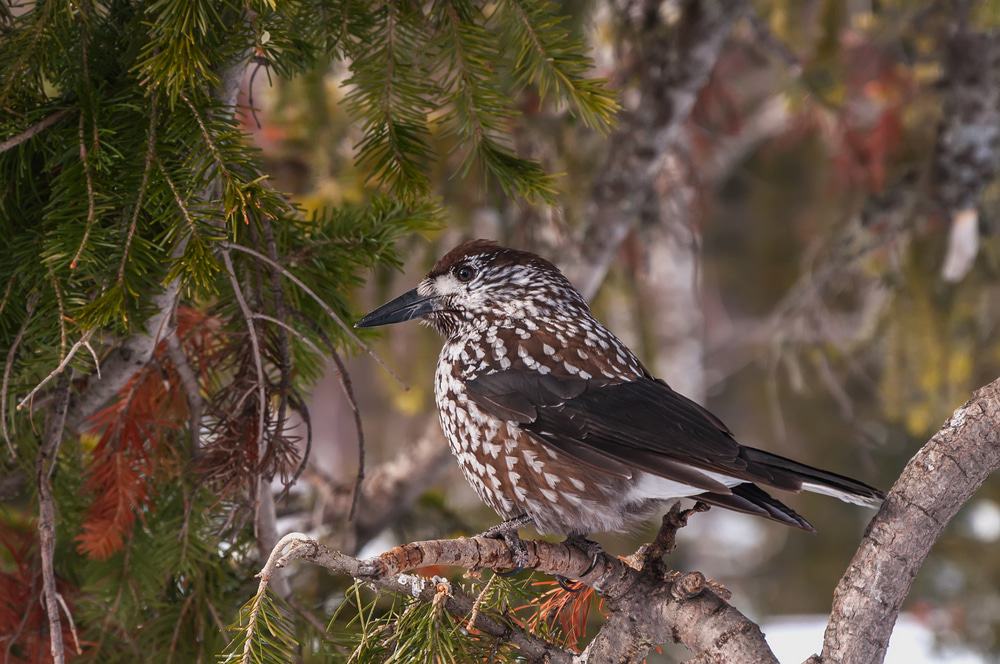
The Clark’s nutcracker bird demonstrates perhaps the most specialized spatial memory in the animal kingdom. During autumn, a single bird can collect and cache up to 98,000 pine seeds across hundreds of square kilometers of forest terrain. The truly astonishing feat comes 8-9 months later when these birds recover up to 90% of their hidden stores, even after the landscape has been transformed by snow and seasonal changes. Research has shown that these birds create a sophisticated mental map using triangulation from landmark objects, with a hippocampus that seasonally expands to accommodate this memory demand. They store so many seeds that they inadvertently become forest engineers, as unrecovered caches germinate into new trees. This remarkable memory adaptation directly correlates with survival, as these cached seeds provide up to 100% of their winter diet and nutrition for their spring hatchlings.
Chimpanzee’s Photographic Memory

Chimpanzees possess an exceptional form of photographic memory that in certain contexts outperforms human capabilities. In groundbreaking research at Kyoto University, chimpanzees demonstrated the ability to memorize the exact positions of up to nine numbers flashed on a screen for just 210 milliseconds (less than a quarter of a second) before being replaced by white squares. The chimps could then touch the squares in ascending numerical order with remarkable accuracy. What makes this feat particularly impressive is that humans typically perform significantly worse on the same task. Researchers believe this represents a form of eidetic or photographic memory that may have been more common in our evolutionary past but has diminished in humans as we developed language-based memory systems. This specialized visual memory likely helps wild chimpanzees quickly process complex information in their environments, such as the location of food sources or potential threats.
The Astounding Navigation Memory of Homing Pigeons
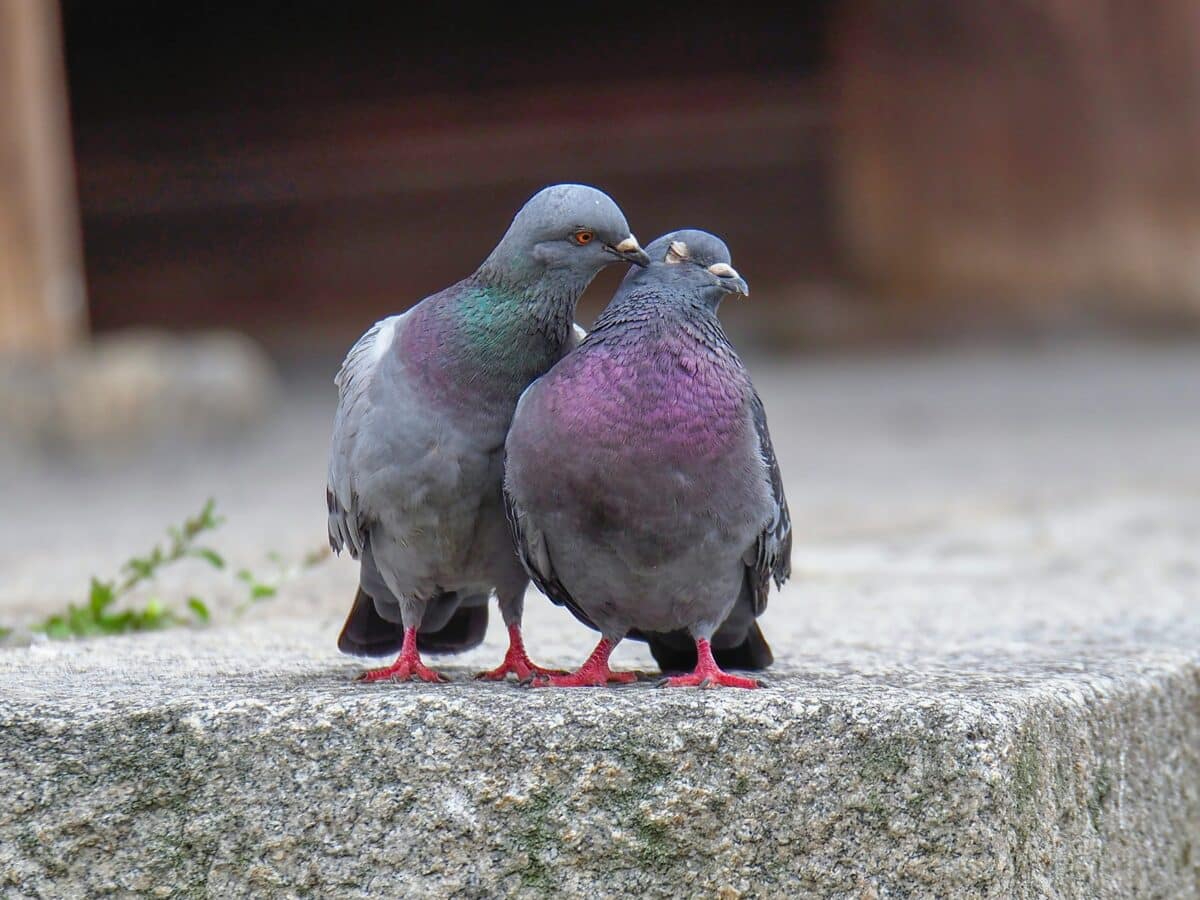
Homing pigeons possess one of the most sophisticated navigational memories in the animal kingdom, capable of finding their way home from unfamiliar locations up to 1,100 miles away. Their navigation system integrates multiple sensory inputs, including a built-in magnetic compass that detects Earth’s magnetic field, visual landmarks for mapping, and even the ability to use infrasound (low-frequency sounds) that travel hundreds of miles. Research has revealed that pigeons create detailed mental maps of their surroundings, memorizing thousands of visual and sensory landmarks. They can remember these navigation points for years, allowing them to return home even after long periods away. This remarkable memory system is bolstered by specialized neurons that act as biological GPS cells. The reliability of their navigational memory was so valued historically that they served crucial roles in carrying messages during both World Wars, often delivering critical communications when technological systems failed.
Bottlenose Dolphins Recognizing Names for Decades
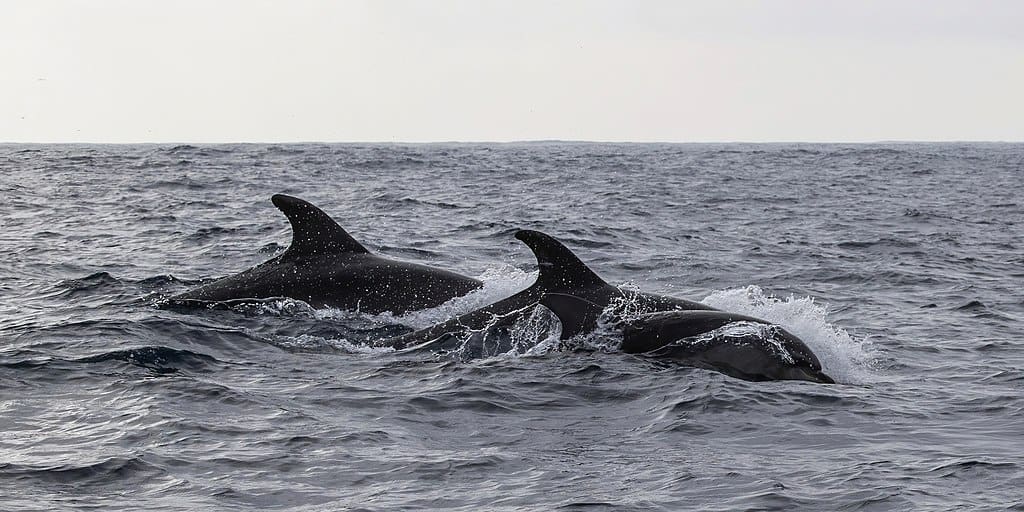
Bottlenose dolphins possess an exceptional social memory that allows them to recognize the unique signature whistles of former podmates even after 20 years of separation. Each dolphin develops its own distinctive whistle that functions similar to a name, which they use throughout their lifetime. In landmark research, dolphins demonstrated immediate recognition of whistles from individuals they hadn’t encountered in over two decades, often responding excitedly by approaching the underwater speaker and calling back. This long-term social memory exceeds what we observe in most non-human species and rivals the human ability to recognize old classmates decades later. Scientists believe this remarkable memory adaptation supports their complex fission-fusion social structure, where pod compositions change frequently. Their memory for signature whistles appears to be coupled with emotional memories, as dolphins show different responses based on whether the remembered individual was a former ally or competitor, highlighting the sophisticated social dimensions of dolphin cognition.
Honeybees and Their Cognitive Mapping

Despite having a brain roughly the size of a sesame seed, honeybees demonstrate astonishing memory capabilities that power their complex navigation system. Individual forager bees can memorize the precise locations of up to 17 different productive flower patches across a territory spanning 8 miles from their hive. Each bee encodes detailed information about each location, including the specific time of day when nectar is available (as different flowers produce nectar at different hours), the most efficient flight path, and distinctive visual landmarks. This spatial memory operates via a sophisticated cognitive mapping system rather than simple route following. When researchers artificially transport bees to new locations, they can still calculate direct routes home using their mental maps rather than retracing their outbound journey. Even more impressively, honeybees can communicate this stored spatial information to hivemates through their famous “waggle dance,” effectively transferring complex navigational memories to others—a feat that demonstrates not just memory but a sophisticated form of symbolic communication.
Western Scrub Jays and Their Planning Memory
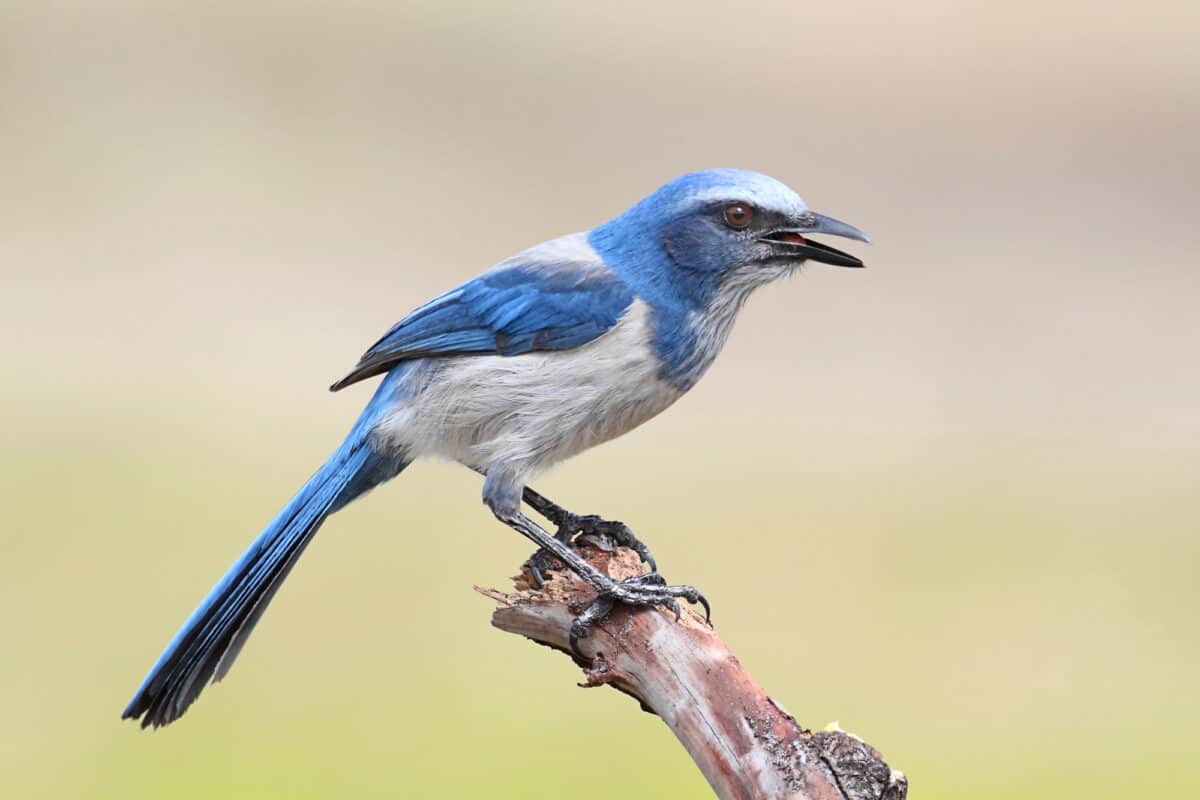
Western scrub jays display a sophisticated form of memory that enables something previously thought unique to humans: planning for specific future scenarios. These remarkable birds can cache up to several thousand food items across hundreds of locations and remember these spots with extraordinary precision for months. What truly distinguishes their memory capabilities, however, is their anticipatory caching behavior. Studies have shown that scrub jays who experience food shortages in the morning will selectively cache more food in the evening, demonstrating they remember past hunger and anticipate future needs. Even more impressively, these birds remember not just where they’ve hidden food, but what specific types of food are in each location and when they stored them. This allows them to recover perishable items before they spoil while leaving non-perishable foods for later recovery. They even employ sophisticated memory-based strategies to prevent theft, such as moving caches if they notice they’ve been observed by potential thieves. This combination of spatial memory, temporal tracking, and future planning represents one of the most complex memory systems documented in the animal kingdom.
Octopus Memory Across Eight Independent Arms

The octopus presents one of the most unusual memory systems in the animal kingdom, with a distributed neural network that spans their entire body. Unlike vertebrates whose memories are centralized in the brain, approximately two-thirds of an octopus’s neurons are located in its eight arms, creating a unique form of embodied memory. Each arm contains about 40 million neurons that can process information and store memories somewhat independently, allowing octopuses to solve complex puzzles using multiple strategies simultaneously. In laboratory settings, octopuses have demonstrated remarkable spatial memory, navigating mazes they’ve encountered only once and remembering solutions to problems for months. They can also recognize individual humans even when wearing different clothes, distinguishing between caregivers who feed them and those who perform unpleasant tank maintenance. This recognition persists even after several weeks, indicating robust long-term memory. Perhaps most impressively, octopuses can learn tasks by observation alone—watching another octopus solve a problem and then replicating the solution days later, a sophisticated form of memory previously thought limited to much more socially complex animals.
Chaser the Border Collie Vocabulary Memory Champion

Border collies have long been recognized for their exceptional intelligence, but Chaser, a female border collie who lived from 2004 to 2019, demonstrated vocabulary memory that revolutionized our understanding of canine cognition. Over an intensive three-year training period, Chaser learned and reliably recalled the names of 1,022 distinct toys and objects—the largest verified vocabulary of any non-human animal. Unlike simpler stimulus-response training, Chaser demonstrated true referential understanding, able to fetch specific items from piles of over 20 objects based solely on their names. She could also categorize items by type (balls vs. Frisbees) and function, showing abstract conceptual memory rather than simple association. Perhaps most impressively, Chaser demonstrated “fast mapping”—the ability to infer the name of a new object by process of elimination, a learning technique previously thought unique to human children. Her memory capabilities weren’t limited to vocabulary; she could also remember and execute chains of different behaviors with specific objects, combining both her impressive vocabulary memory with sequential action memory. Chaser’s extraordinary abilities, documented in peer-reviewed research, fundamentally changed scientific understanding of the depth and flexibility of canine memory.
Corvid’s Tool Memory and Innovation
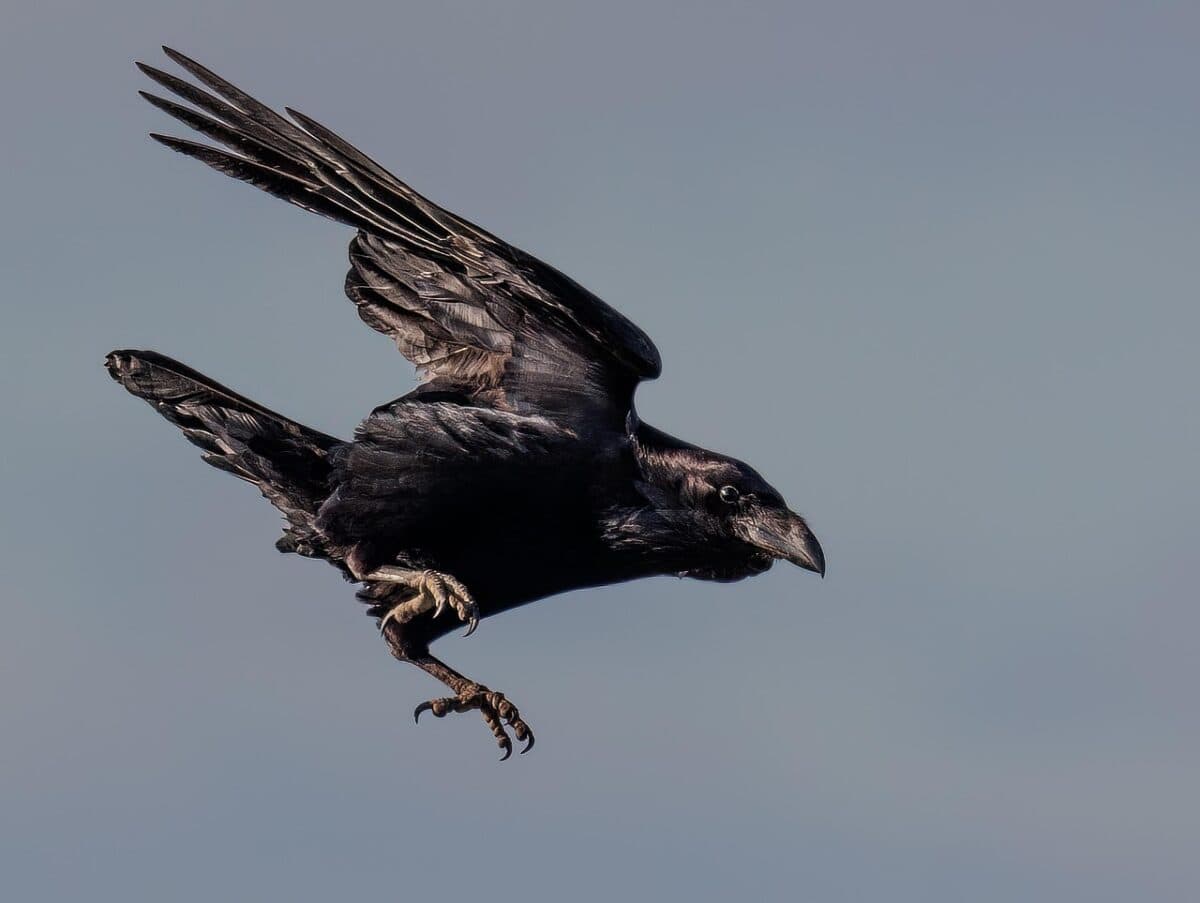
Corvids—the family including crows, ravens, and jays—demonstrate some of the most sophisticated memory systems in the animal kingdom, particularly regarding tools. New Caledonian crows not only use tools but remember specific properties of different tool types and select them based on appropriateness for different tasks. These birds can recall effective tool designs and recreate them from memory even when the original is no longer present. In laboratory settings, ravens have demonstrated the ability to remember how to solve complex problems for up to three years without any intervening practice. Perhaps most impressively, corvids engage in mental time travel—remembering specific past events and planning for future ones. They cache food differently when they anticipate future scarcity and remember not just where they’ve hidden items, but who was watching when they did so. This combination of episodic memory (remembering specific events) and future planning was long thought unique to humans but appears well-developed in corvids. Their remarkable memory capabilities are supported by a relatively large brain-to-body ratio, with neural densities in memory-related brain regions that rival those of primates despite evolving along entirely separate evolutionary paths for over 300 million years.
Archerfish and Their Remarkable Target Memory

The archerfish demonstrates a specialized form of memory that combines exceptional spatial precision with learning capabilities. These remarkable fish hunt by shooting down insects above the water’s surface with precisely aimed jets of water. What makes this particularly impressive from a memory perspective is that archerfish must compensate for the refractive distortion caused by the water-air interface—essentially solving complex physics problems to hit moving targets. Research has shown that archerfish can remember specific target types and their movement patterns, improving their accuracy through experience. They can distinguish between different insect species at distances of up to 2 meters and remember which types are more nutritionally valuable, prioritizing these targets when multiple options are available. Laboratory studies have revealed that archerfish can remember and recognize human faces from above the water surface, distinguishing between different people who feed them. This facial recognition memory persists for weeks, allowing them to respond differently to familiar versus unfamiliar humans. Their specialized visual memory system represents a fascinating example of how evolutionary pressures can shape highly specific memory adaptations even in species with relatively small brains.
Migratory Birds and Their Global Navigation Memory

Many migratory birds accomplish one of the most impressive feats of memory in the animal kingdom: navigating global migration routes that can span tens of thousands of miles with remarkable precision. The Arctic tern, which migrates from the Arctic to Antarctica and back annually, covers approximately 44,000 miles each year guided by an extraordinary navigational memory. Young birds often make these journeys without experienced adults, relying on innate memory systems that encode celestial cues, magnetic field information, and visual landmarks. Research on bar-tailed godwits, which fly non-stop for up to 7,500 miles across the Pacific Ocean without any land references, shows they can maintain a consistent heading even when facing crosswinds and storms, suggesting a sophisticated internal map and memory system. Many migratory species also demonstrate remarkable site fidelity, returning to the exact same breeding and wintering locations year after year. Whooping cranes can remember migration routes they’ve flown only once, recalling hundreds of specific landmarks along journeys spanning over 2,000 miles. This navigation memory is partially innate but also reinforced through experience, with many species showing improved navigational efficiency in subsequent migrations as their mental maps become more refined.
Sea Lions and Their Extended Concept Memory

Sea lions possess one of the most flexible long-term memory systems documented in non-human animals, particularly regarding abstract concepts. In groundbreaking research, a female California sea lion named Rio demonstrated the ability to remember abstract logical relationships for over a decade without any reinforcement training during the interim. She had initially learned to categorize items as “same” or “different” based on their relationships, rather than specific features. When retested 10 years later, she immediately recalled this abstract concept and applied it to entirely new stimuli with near-perfect accuracy. This form of conceptual memory differs fundamentally from simpler stimulus-response associations, as it requires remembering abstract rules that can be applied to novel situations. Sea lions also demonstrate impressive social memory, recognizing specific human trainers after separations of up to 10 years and distinguishing between dozens of different individuals. Their spatial memory allows them to navigate and forage across large marine territories, remembering productive feeding locations that vary seasonally. These diverse memory capabilities likely evolved to support their complex social structures and foraging needs in marine environments where food resources are often patchily distributed and unpredictable.
Rats and Their Detailed Spatial Memory

Despite their small size, rats possess spatial memory capabilities that rival those of much larger mammals. Laboratory research has shown that rats can remember the layouts of complex mazes for up to 48 months—effectively their entire lifespan—after just a few experiences. Their hippocampus contains specialized “place cells” that fire when the animal is in specific locations, effectively creating a detailed cognitive map of their environment. These neural maps are so precise that researchers can predict a rat’s exact location simply by monitoring hippocampal activity. In natural settings, rats leverage this remarkable spatial memory to navigate complex urban environments, remembering hundreds of different pathways, food sources, and potential dangers. They demonstrate sophisticated path integration abilities, calculating direct routes to destinations even in complete darkness, suggesting they maintain mental maps rather than simply following memorized routes. Perhaps most impressively, rats exhibit episodic-like memory—remembering not just where something happened, but what specifically occurred and when it happened. This combination of spatial precision, temporal tracking, and event specificity makes rat memory far more sophisticated than commonly recognized and provides valuable insights into the fundamental mechanisms underlying memory across mammalian species, including humans.
Cephalopod Short-Term Memory Specialization
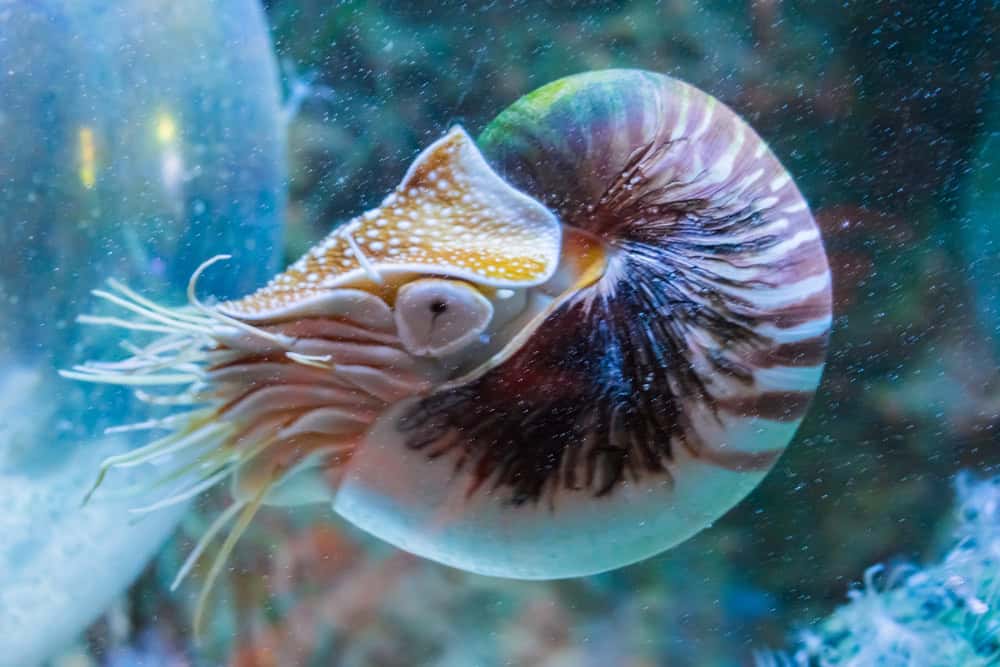
Cuttlefish represent a fascinating case of specialized memory adaptation among cephalopods. Unlike many other animals whose memory declines with age, cuttlefish maintain sharp episodic memory capabilities well into their senior years despite their relatively short two-year lifespan. In recent research, older cuttlefish actually outperformed younger individuals on certain memory tasks, particularly remembering what they ate, where, and when—a complex form of episodic-like memory. This specialized memory system likely evolved to support their sophisticated foraging strategies, allowing them to track when different prey types become available at various locations. Cuttlefish can also remember the outcomes of previous hunting attempts, adjusting their strategies based on past successes and failures. This memory flexibility extends to their defensive capabilities as well. They can recall which camouflage patterns proved effective in different environments and against different predators, essentially building a memory library of successful disguises. Their relatively large brain-to-body ratio supports these advanced cognitive capabilities, with specific neural regions dedicated to memory processing that evolved independently from the vertebrate brain yet achieved remarkably similar functionality—a striking example of convergent evolution in memory systems.
Conclusion: The Diverse Nature of Memory Across Species
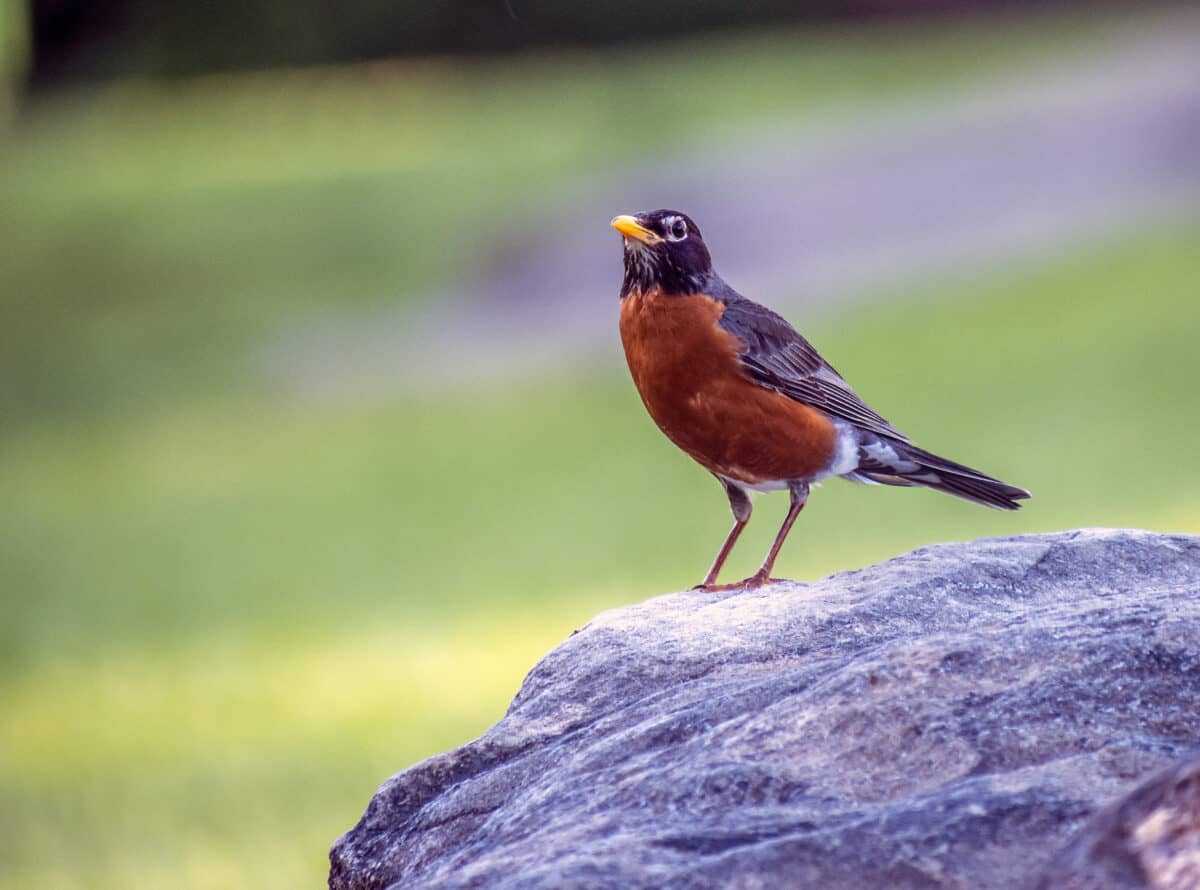
The astonishing memory abilities found throughout the animal kingdom challenge our human-centric view of intelligence and cognition. Rather than a single scale of “smartness,” these species reveal that memory is deeply adaptive—finely tuned to each animal’s environment, lifestyle, and survival needs. Whether it’s a dolphin recognizing a friend after 20 years, a nutcracker bird retrieving seeds from memory months later, or an octopus recalling how to open a puzzle box, these examples underscore the richness and complexity of non-human memory. In many cases, animals outperform humans in specific domains, proving that memory isn’t one-size-fits-all—it’s a multifaceted tool, honed by millions of years of evolution. These stories not only deepen our understanding of the natural world but also invite us to reconsider what it truly means to remember.
- The Hottest Temperature Ever Recorded in the US Desert - August 9, 2025
- 14 Myths About Horses (Busted by Experts) - August 9, 2025
- Why Orcas Are Outwitting Great White Sharks Near the California Coast - August 9, 2025

